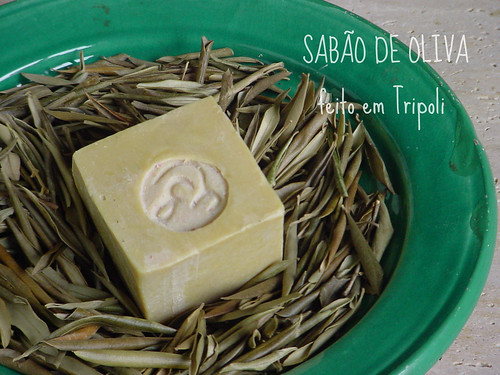
Soap making is an age old process that has been around for thousands of years. Most people don't know how to make natural soap, but not only is it easy to make, it's also economical and rewarding. And natural soap doesn't contain any of the chemicals that store bought soap does. Natural soaps are made with a basic recipe using either animal fats or vegetable oils. Most soaps need to be made with lye, a byproduct made from burning wood. Lye is essential for helping to convert the fat and oil in soap so that it breaks down properly in water. However, it can be dangerous if not used properly.
There are several different ways on how to make natural soap. The most common method, the cold process, uses oils and lye. The melt and pour method uses pre-made blocks of soap with fragrances added in. The hot process cooks the soap, and the rebatch process grinds up bars of soap for re-blending. This is especially helpful for those wishing to avoid using lye, since the lye is already in the soap. This article will discuss a simple homemade recipe from scratch using lye. When mixing the lye, please remember to use goggles and to avoid breathing in fumes. Mix any oils you are using in a large pot separately.
You will need:
1 small 9 1/4 oz container of lye
4.5 cups of olive oil (cheaper works better in this case)
2 cups of coconut oil
2 cups of grape seed oil
Heat the oils and lye in separate pots and let each cool to 110F. When they are both the same temperature, slowly pour the lye into the oil. Mix or blend with a stick blender (these can be found at any home store for relatively cheap) for about three minutes, scraping the sides and the bottom. The soap is done when it reaches a state called trace. When it reaches trace, the consistency will be akin to that of honey. Add a bit of cinnamon oil to the mixture, but mix only enough to combine because at this point the soap will begin to harden. Pour into soap molds and wrap blankets around the mold in order to help with the chemical reaction. Once soap has set, preferably overnight, it can then be cut into chunks and used. Store on brown paper in a cool, dry place.
Once you've become accustomed to the soap making process, you can begin to experiment with different oils, fats and scents. Chamomile, citrus and honey make good soap bases, as well as oatmeal and even buttermilk. There are also glycerin based soaps that are said to eliminate the need for lye.


Comments
No response to “How to Make Natural Soap at Home” Post Comments (Atom)
Post Comments (Atom)
Post a Comment |
Post a Comment